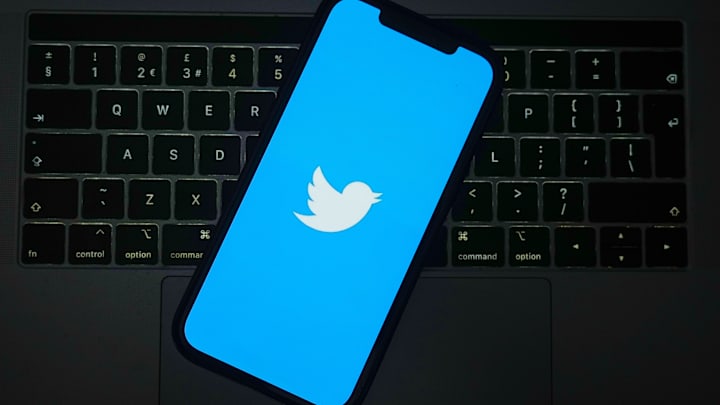As embarrassing as this is to admit, I will never forget the day I became "verified" on Twitter. This was back when it meant something. When it presented actual benefits to my account and, in some ways, even my career.
It was late 2021. I'd just started a new job at a major media company, and that unknowingly came with the perk of qualifying for Twitter Verification.
If you are somehow unaware, the verification process on Twitter used to actually mean something. As a journalist and content creator, that blue check made it harder for other accounts to pretend to be me, post stories with my name on them that I had not actually written, or contact anyone using my name or profile image. The blue check meant that I was really me, that my content was genuine, and that anyone posing as me without that verified check was not to be trusted.
But the blue check had another, secondary benefit to someone like me: It validated my near-decade of hard, relentless work. I wasn't just an up-and-coming nobody who hadn't earned her place in online spaces yet anymore. I had earned the right to be known.
Of course, all that changed when Twitter removed verification from everyone who wasn't a business, mega-famous, or a paying customer of a social media platform that had always been free for everyone.
Losing the blue check did not take away my years of hard work. But it did put me and many others at risk of impersonation. Add the fact that non-verified accounts are often limited in who they can reach out to privately, and my work has become much harder to conduct. Plus, because I don't have a blue checkmark, hardly anyone sees the work I do post on Twitter these days.
Now, anyone can feel validated online -- as long as they pay for it. This has also become the case with Meta platforms such as Facebook and Instagram. The internet has become pay-to-play for anyone with money to get ahead in the game, and things will likely never be the same again.
